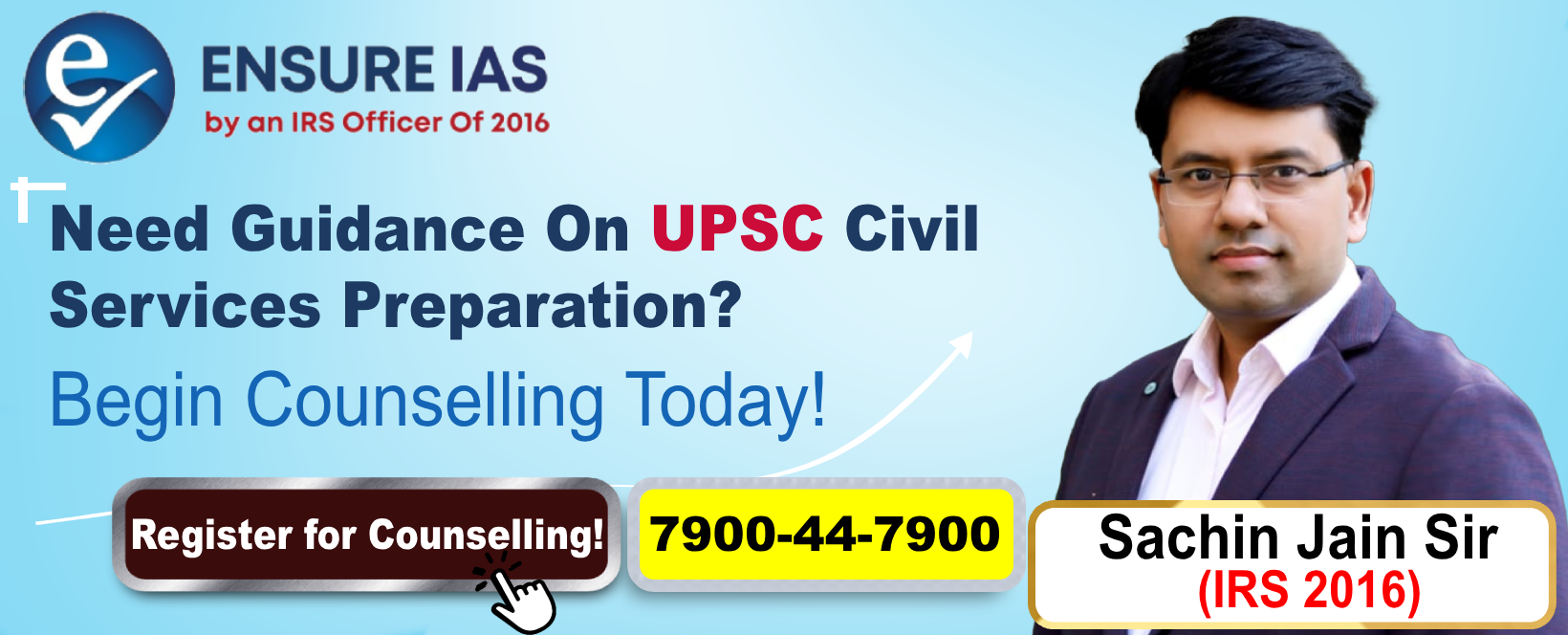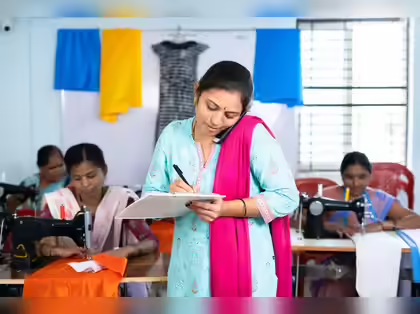- Courses
- GS Full Course 1 Year
- GS Full Course 2 Year
- GS Full Course 3 Year
- GS Full Course Till Selection
- Answer Alpha: Mains 2025 Mentorship
- MEP (Mains Enrichment Programme) Data, Facts
- Essay Target – 150+ Marks
- Online Program
- GS Recorded Course
- Polity
- Geography
- Economy
- Ancient, Medieval and Art & Culture AMAC
- Modern India, Post Independence & World History
- Environment
- Governance
- Science & Technology
- International Relations and Internal Security
- Disaster Management
- Ethics
- NCERT Current Affairs
- Indian Society and Social Issue
- NCERT- Science and Technology
- NCERT - Geography
- NCERT - Ancient History
- NCERT- World History
- NCERT Modern History
- NCERT Medieval History
- CSAT
- 5 LAYERED ARJUNA Mentorship
- Public Administration Optional
- ABOUT US
- OUR TOPPERS
- TEST SERIES
- FREE STUDY MATERIAL
- VIDEOS
- CONTACT US
Learning Recovery Below Pre-Covid Levels
Learning Recovery Below Pre-Covid Levels

Why in the News?
- The Ministry of Education released findings from the PARAKH (Performance Assessment, Review, and Analysis of Knowledge for Holistic Development) survey.
- It revealed that learning levels in Class 3 students in 2024 have not yet returned to pre-Covid levels (2017).
- These findings are especially in foundational subjects like language and mathematics.
What are the Key Highlights?
- Learning Recovery Post-Covid
- Class 3 students' learning levels are still below pre-Covid (2017) levels.
- Despite some improvement from 2021, foundational skills in language and mathematics have not fully recovered.
- Survey Background
- Conducted under PARAKH (Performance Assessment, Review and Analysis of Knowledge for Holistic Development).
- Part of the National Education Policy (2020).
- Covered 2.15 lakh students in Classes 3, 6, and 9 across 5,297 schools in December 2024.
- Comparable Data
- Only Class 3 data is comparable with 2017 and 2021, as assessments used a common set of learning outcomes.
- NAS (National Achievement Survey) Structure Over the Years
- 2017 NAS: Assessed Classes 3, 5, and 8.
- 2021 NAS: Assessed Classes 3, 5, 8, and 10.
- 2024 NAS: Aligned with NEP 2020 stages:
- Class 3 – End of Foundational Stage
- Class 6 – End of Preparatory Stage
- Class 9 – End of Middle Stage
- Language Competency – Class 3
- Lowest score (60%) in reading short stories and understanding meaning.
- Higher score (67%) in using words for day-to-day communication.
- Mathematics Performance – Class 3
- Weakest areas (50%):
- Understanding geometric shapes.
- Simple money transactions.
- Best performance (69%):
- Identifying patterns, shapes, and numbers.
- Weakest areas (50%):
- Class 6 and 9 Outcomes
- National average below 50% in all subjects except language.
- Indicates widespread learning gaps, particularly in core subjects.
- Ministry Observation
- Senior Education Ministry official stated:
- Classes 6 and 9 underperformed expectations.
- Learning loss is attributed to students losing nearly two years of academic learning due to the Covid-19 pandemic.
- Senior Education Ministry official stated:
- Implication
- The disruptions in education due to the pandemic have had lingering impacts.
- There is a need for focused efforts to bridge the learning gaps in early grades.
|
National Education Policy (NEP) 2020
Key Features of NEP 2020
|
Challenges and Way Forward
|
Challenges |
Way Forward |
|
Learning losses due to prolonged school closures during Covid-19 |
Targeted remedial learning programmes in foundational stages |
|
Drop in foundational literacy and numeracy |
Strengthen teacher training and curriculum alignment with NEP 2020 |
|
Gender disparities in performance |
Promote gender-inclusive teaching practices |
|
Poor performance in Maths and Science in higher classes |
Introduce activity-based and conceptual learning at early stages |
|
Lack of critical thinking and application skills |
Emphasize competency-based assessments and experiential learning |
Conclusion
The survey underscores the enduring impact of the pandemic on early-grade learning, with Class 3 students yet to fully regain pre-Covid learning levels. Although there has been slight recovery since 2021, the foundational gaps in language and mathematics persist. A focused, inclusive, and strategic approach aligned with NEP 2020 is essential to bridge these learning gaps and ensure holistic education recovery.
|
Ensure IAS Mains Question Q. Despite policy reforms like the National Education Policy (2020), recent assessments such as the PARAKH survey reveal that foundational learning levels in India have not recovered to pre-Covid standards. Critically examine the reasons behind this learning gap and suggest targeted interventions to address it. (250 Words) |
|
Ensure IAS Prelims Question Q. According to the 2024 PARAKH survey, which of the following was identified as the weakest area in Class 3 students' mathematics performance?
Select the correct answer from the options below:
Answer: b Explanation Statement 1 is incorrect: "Identifying patterns, shapes, and numbers" was one of the stronger areas in mathematics for Class 3 students, with a proficiency of 69%, so this is not the weakest area. Statement 2 is correct: "Simple money transactions" was one of the weakest areas in mathematics, with a proficiency of only 50%. Statement 3 is correct: "Understanding geometric shapes" was also a weak area, with 50% proficiency, similar to the performance in money transactions. |



